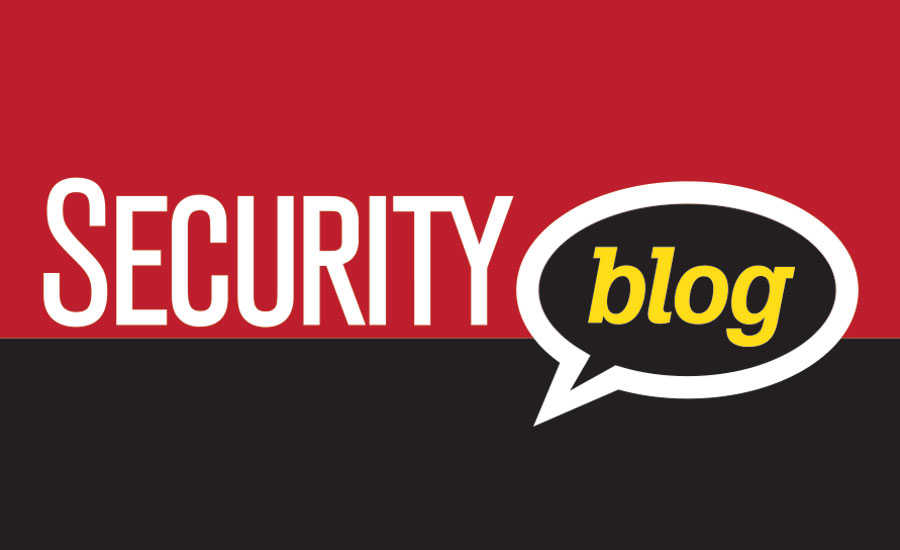Can thermal imaging be used to detect COVID-19?

With treatment plans still far from being perfected, clinical trials just getting underway, and a discovered vaccine a year or so out, preventive methods and detections — in addition to social distancing and donning facial masks — are needed now more than ever in the war against the COVID-19 and any future epidemic outbreaks.
According to the CDC, employers should perform a pre-screen and “measure the employee’s temperature and assess symptoms prior to them starting work. Ideally, temperature checks should happen before the individual enters the facility.”
Enter thermal imaging. Technology once considered a science fiction concept of the future is fast becoming a reality of today — all in response to fighting the COVID-19 epidemic.
With thermal imaging, non-contact cameras use sensors to detect so-called “hot zones;” infrared energy (heat) emitted from an individual (alone or in a crowd) and convert the energy into an electronic signal. The signal is then converted into a series of infrared and visible thermal video images made from heat, not by visible light, which are then transmitted in real-time to a monitoring center for analysis and processing. What is then viewed by a screener and recorded is a person’s current hot zones with temperature calculations.
Can thermal imaging spot a virus or an infection?
In short, no. But potentially, yes. Both thermal imaging and forward-looking infrared cameras can be used to sense more than just heat. They can also detect Elevated Body Temperatures (EBT) and identify tiny differences in the heat — as little as +/- 2.0°C — which can be displayed as shades of gray or other selected colors. Hence, a scanned person showing to have a high body temperature could be immediately pulled aside for additional screening for a virus or infection.
Thermal imaging already has been in use for quite some time now. These high-resolution infrared cameras can be found in outdoor public facilities and arenas, transportation terminals, businesses, as well as in the military and aviation, as a means to capture and identify individuals with EBT. Hundreds of people have already walked past thermal cameras capable of detecting their body temperatures with an accuracy of 3.2-degree Fahrenheit. Chances are, you may have not noticed yourself being captured as the cameras are typically mounted high and the video-recording and monitoring kept discreet.
It has become evident that managing the risks associated with the current global pandemic and in creating a first line of defense for employees, patients and the public, that thermal imaging is an alternative tool in combating the spread of an epidemic, not just the COVID-19.
The wave of the future has arrived. And not a moment too soon.
